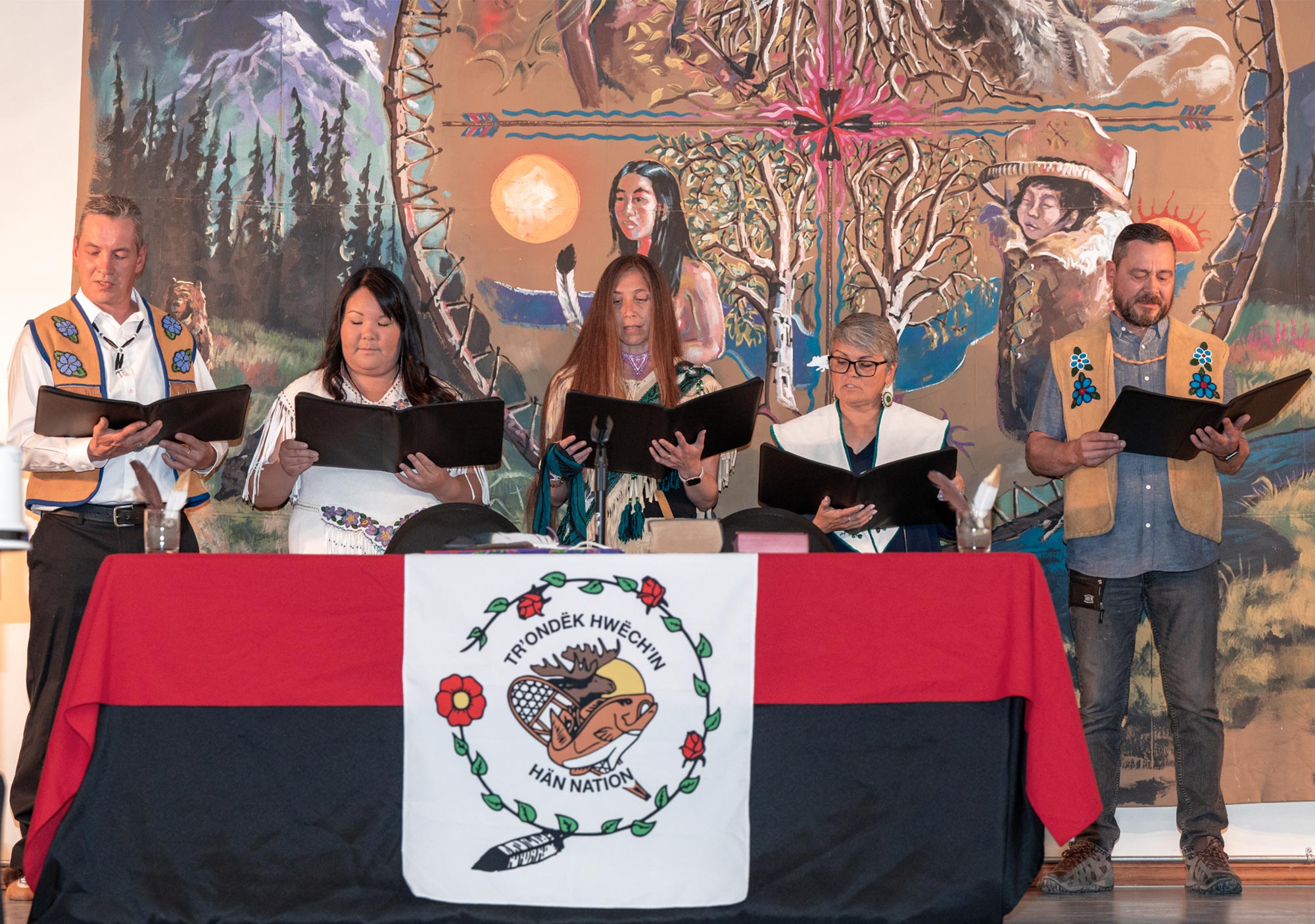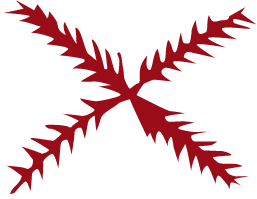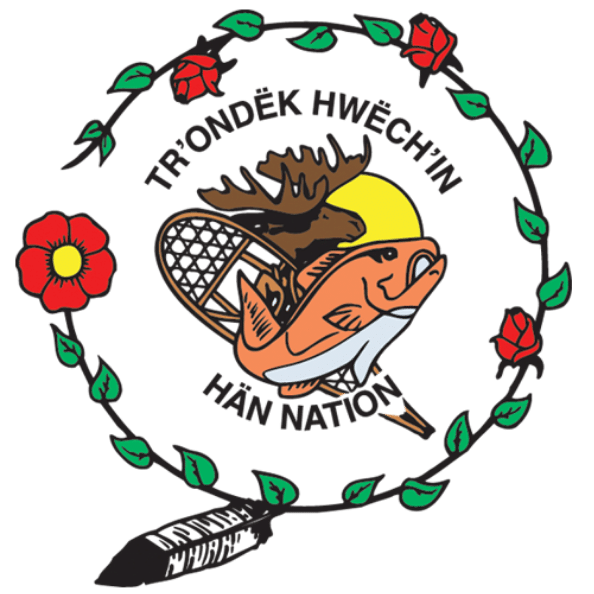Tr’ondëk Hwëch’in translation
Our history

Our Tr’ondëk Hwëch’in history is rich and spans thousands of years. The earliest physical evidence of First Nations in the area now known as Dawson, dates back 11,000 years, with artifacts found in the Moosehide area dating back 8,000 years.
In 1851, explorer and trader Robert Campbell traveled through our Hän territory, followed by the construction of Fort Reliance in 1874, the first trading post in Tr’ondëk Hwëch’in Traditional Territory.
The late 1800s marked significant milestones, including gold discovery on the Chʼëdäh Ndëk (Fortymile River) in 1886 and the influx of miners during the Klondike gold rush triggered by the discovery of gold at Chʼëchozhùʼ Ndëk (Rabbit Creek, later renamed Bonanza Creek) in 1896. The miners displaced the Tr’ondëk Hwëch’in from our fishing camp at Tr’ochëk, with Chief Isaac leading our move to Moosehide. In 1900, a reserve was created at Moosehide for the use of our people.


In the 1960s and 1970s, First Nations people gained the right to vote in federal and territorial elections, respectively. In 1973, we, the Tr’ondëk Hwëch’in, along with other Yukon First Nations, presented a comprehensive land claim to the Canadian government. The Yukon Land Claim Agreement-in-Principle was signed in 1993, leading to the final agreement in 1998. We reclaimed our original name, Tr’ondëk Hwëch’in.
Today, we exercise self-government, having signed a self-government agreement, which grants us the ability to form governing bodies and make laws and regulations for our people and our lands.


